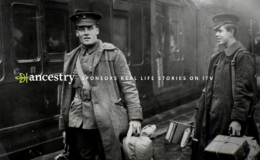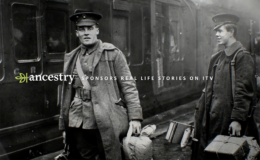Listen and subscribe to our podcast from your mobile device:
Via Apple Podcasts | Via RadioPublic | Via Stitcher
A year after police used a genetic database to help identify a suspect in the Golden State Killer case, the same technique has been used to arrest dozens of people. Now, for the first time, one of those cases is headed to trial. In Part 1 of a two-part series, we look at the tool that is transforming law enforcement and testing the limits of privacy.
Listen to Part 2 of the series here.
[For an exclusive look at how the biggest stories on “The Daily” podcast come together, subscribe to our newsletter. Read the latest edition here.]
On today’s episode:
-
Heather Murphy, a New York Times reporter, spoke with Curtis Rogers, a creator of the genealogy website GEDMatch; Peter Headley, a detective with the San Bernardino County Sheriff’s Department; and Barbara Rae-Venter, a genetic genealogist.

Background reading:
Tune in, and tell us what you think. Email us at thedaily@nytimes.com. Follow Michael Barbaro on Twitter: @mikiebarb. And if you’re interested in advertising with “The Daily,” write to us at thedaily-ads@nytimes.com.
Heather Murphy contributed reporting.
“The Daily” is made by Theo Balcomb, Andy Mills, Lisa Tobin, Rachel Quester, Lynsea Garrison, Annie Brown, Clare Toeniskoetter, Paige Cowett, Michael Simon Johnson, Brad Fisher, Larissa Anderson, Wendy Dorr, Chris Wood, Jessica Cheung, Alexandra Leigh Young, Jonathan Wolfe, Lisa Chow, Eric Krupke, Marc Georges, Luke Vander Ploeg, Adizah Eghan, Kelly Prime and Julia Longoria. Our theme music is by Jim Brunberg and Ben Landsverk of Wonderly. Special thanks to Sam Dolnick, Mikayla Bouchard, Stella Tan and Julia Simon.



























